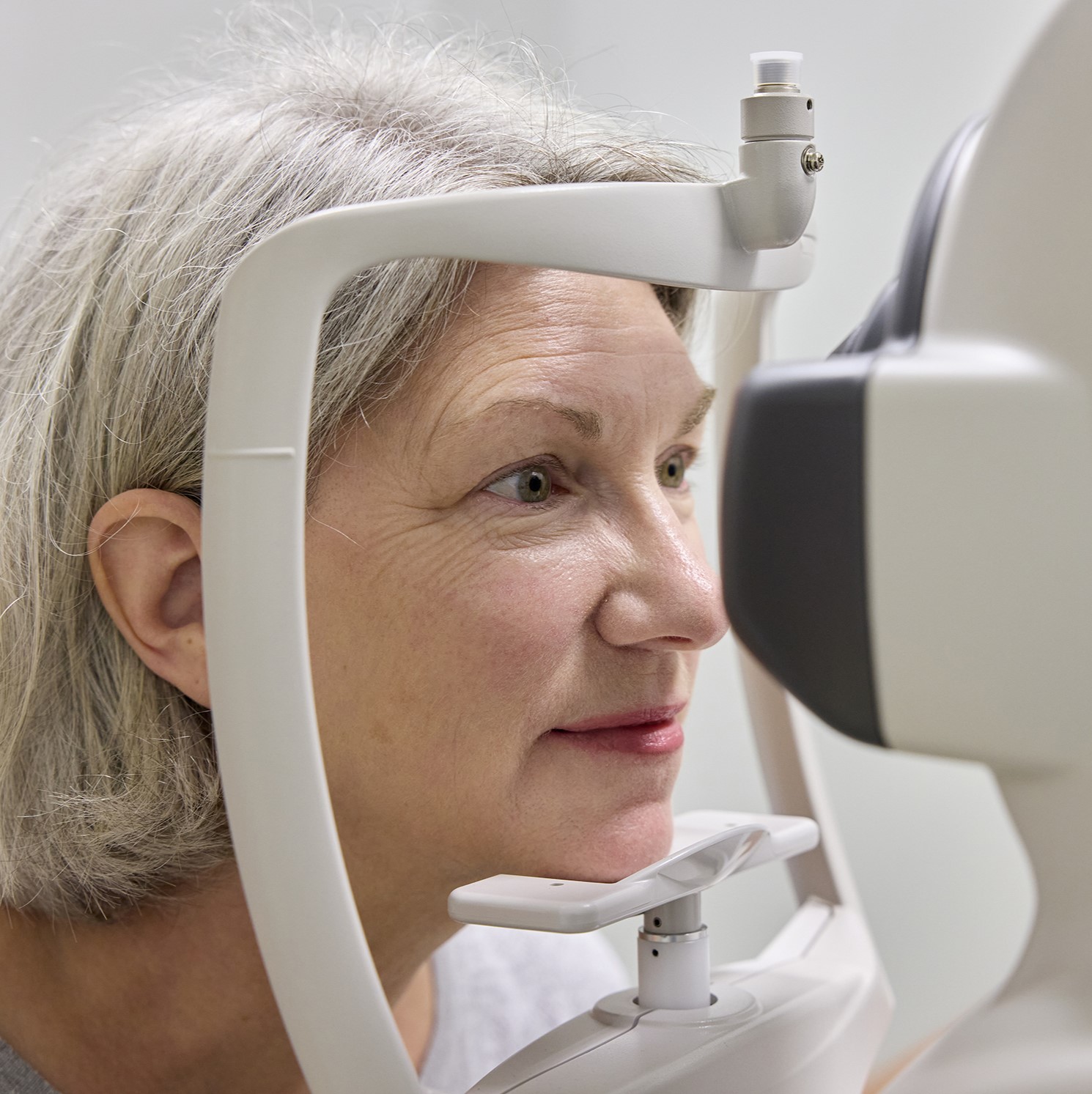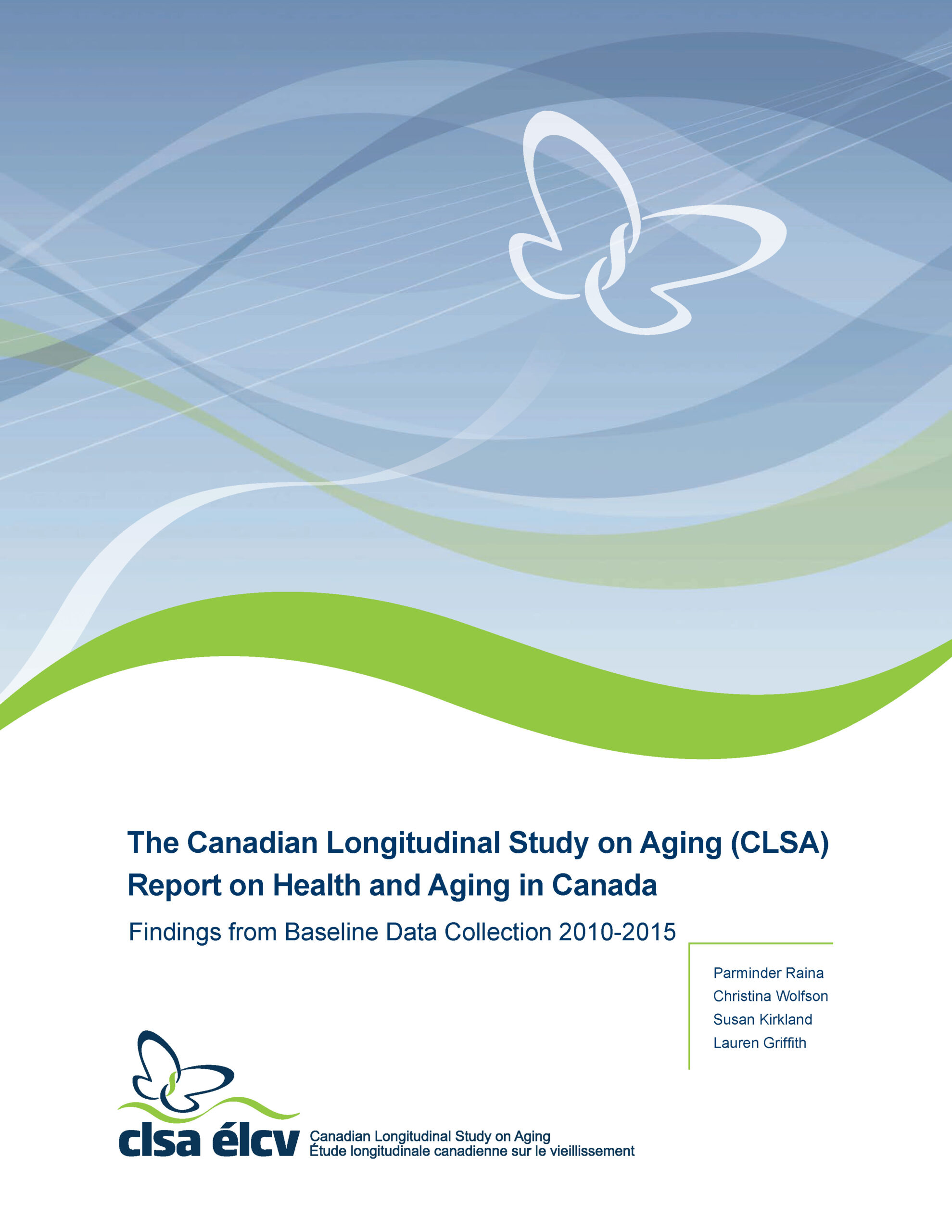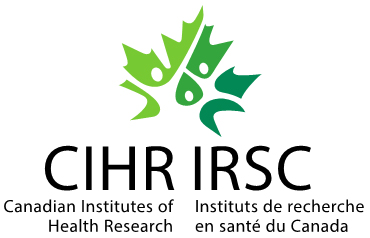CLSA Tracking & Comprehensive
Participants take part in the CLSA primarily through telephone interviews and in-person visits. Between 2010 and 2015, the CLSA recruited and collected information from 51,338 participants during the first full data collection, referred to as Baseline. Two additional waves of data collection have been completed: Follow-up 1 (2015-2018) and Follow-up 2 (2018-2021). The third full data collection, known as Follow-up 3, launched in 2021 and will continue until 2024.
Participants who take part in extensive telephone interviews are part of the study’s Tracking cohort. This group includes individuals from all 10 provinces who the CLSA will follow for 20 years. At Baseline, 21,241 individuals consented to take part in a telephone interview once every three years. These participants were selected randomly and were aged 45 to 85 when first contacted.
Participants who are visited by an in-home interviewer and then attend one of our 11 Data Collection Sites across Canada are part of an in-person assessment, known as the Comprehensive cohort. At Baseline, 30,097 people consented to participate in a 90-minute in-home interview, and a visit to one of 11 Data Collection Sites for a range of physical assessments. These interviews and visits take place once every three years over the 20-year course of the study.

Frequently Asked Questions
Study Findings
The Canadian Longitudinal Study on Aging Report on Health and Aging in Canada: Findings from Baseline Data Collection 2010-2015 presents key findings on a range of physical, mental and social aspects of aging based on data from the CLSA’s 50,000 participants, who were between the ages of 45 and 85 when they were recruited into the study.

Research Team
Research Funding
Funding for the CLSA’s operations and infrastructure has been provided by the Government of Canada through the Canadian Institutes of Health Research and the Canada Foundation for Innovation. Additional support has been provided by several provinces, affiliated universities and research institutions across Canada.





















